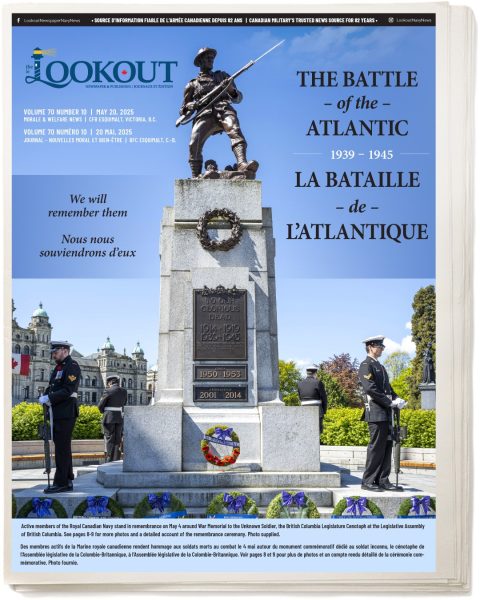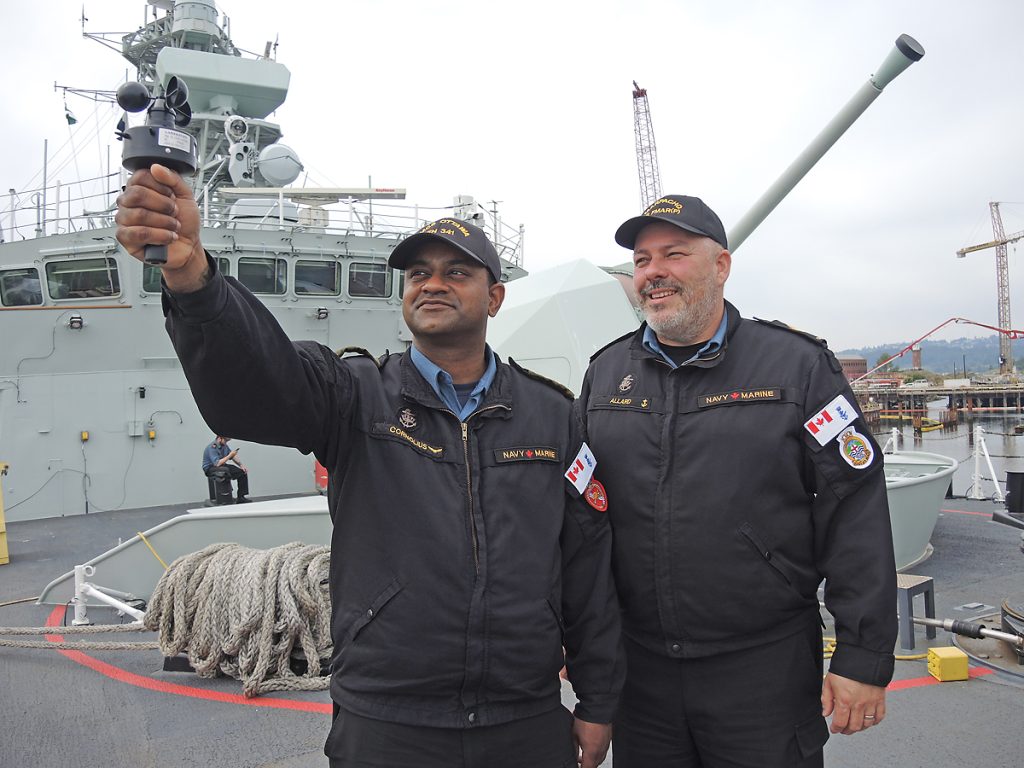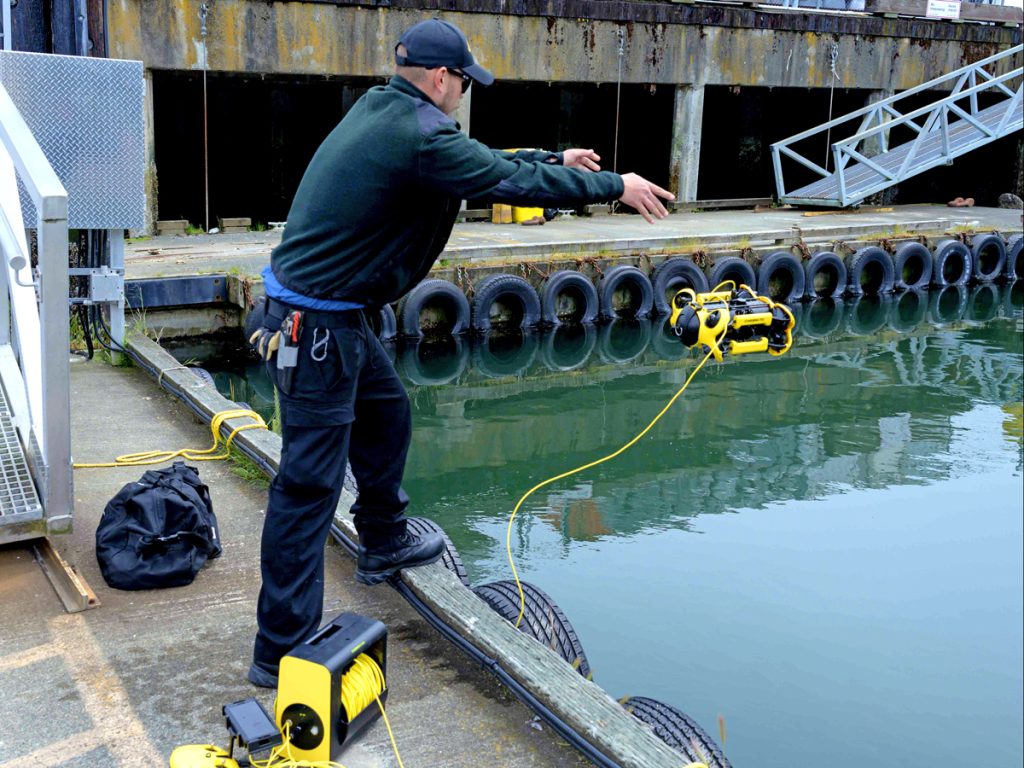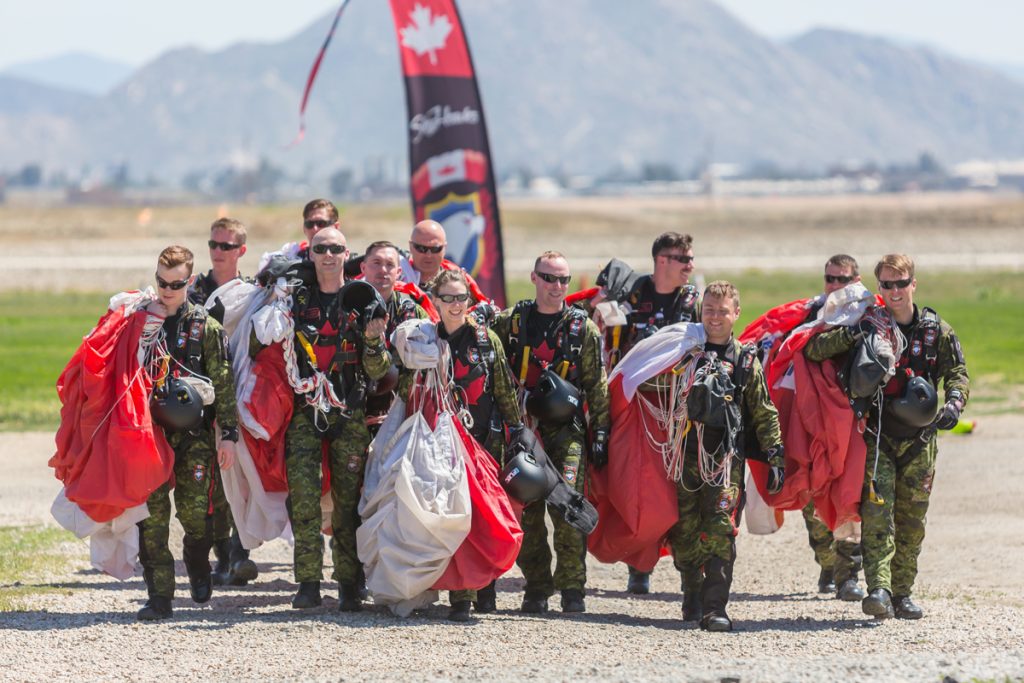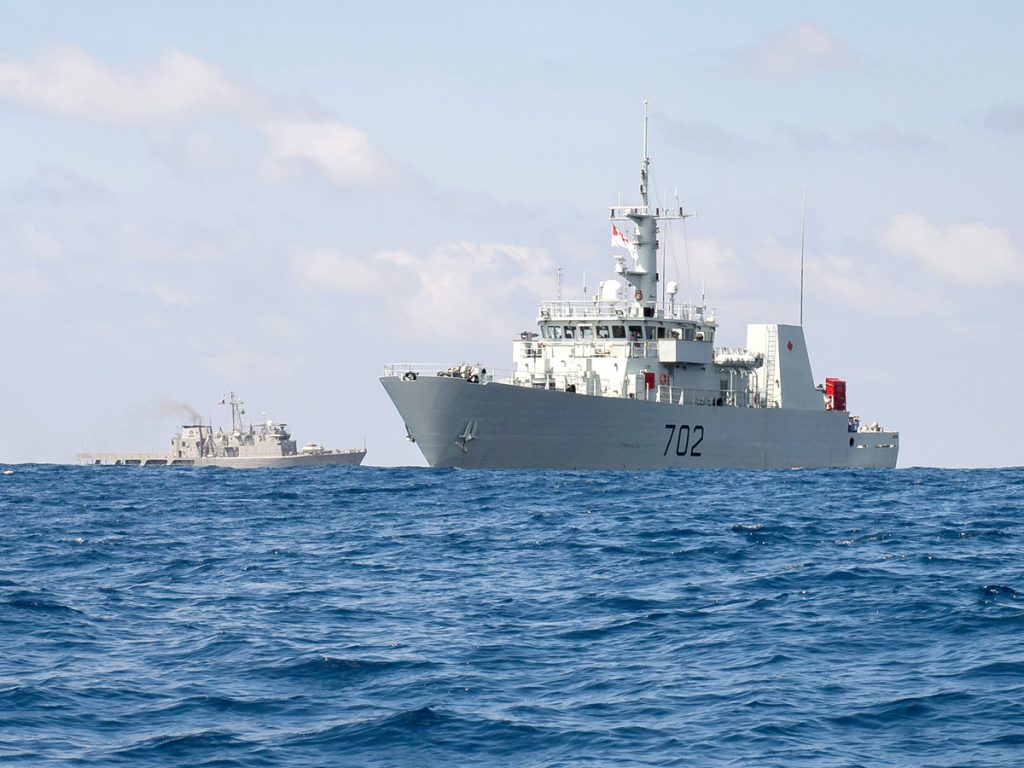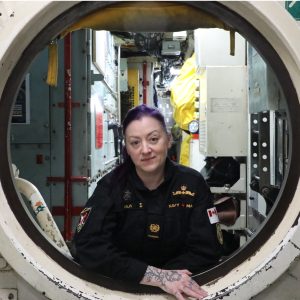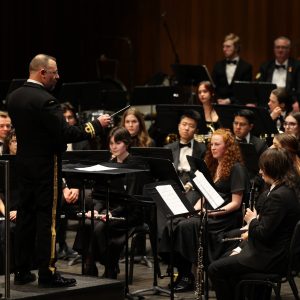Invictus Games inspires paralympic dream
[caption id="attachment_29912" align="aligncenter" width="596"] Deputy Commanding Officer, Canadian Scottish Regiment, and Invictus Games athlete Major Patrick Lévis (right). Photo supplied.[/caption] Peter Mallett Staff Writer — A determined athlete from Canadian Forces Base Esquimalt is aiming for a spot on Canada’s 2024 Paralympic team. Since competing at April’s Invictus Games in The Hague, Major Patrick Lévis has been spending up to 20 hours per week at Victoria City Rowing Club, working toward his new goal. “With my results and steady improvement in training, for the first time I am beginning to believe a spot on Canada’s Paralympic team can happen,” he says. Maj Lévis has served 30 years in the Canadian Army and is the Deputy Commanding Officer of the Canadian Scottish Regiment (Princess Mary’s). He was diagnosed with PTSD following a deployment to Afghanistan in 2009. During a surgery to remove a cancerous tumour in his abdomen, his femoral nerve was damaged, and he was left with permanent mobility disability in his legs. The diagnosis following surgery was like a bombshell, he says. “I was cancer-free but missing out on my active lifestyle, the esprit de corps, and the camaraderie with other members. This created a feeling of emptiness in me,” he says. Filling the Void Instead of giving up on himself, Maj Lévis turned to Canadian Armed Forces (CAF) Soldier On program, which contributes to CAF members’ recovery through recreational and creative activities. Soldier On also manages Canada’s Invictus Games team. Maj Lévis’ first Soldier On experience was a scuba diving camp. Soon he learned he wanted more. “I kept bothering Soldier On about the Invictus Games team, and it worked,” he said. “They called last year and said they have an opening for me if I play wheelchair basketball and two other events. I was so happy.” Maj Lévis competed in five sports at this year’s Games: wheelchair racing, wheelchair basketball, wheelchair rugby, sitting volleyball and indoor rowing. His experience did wonders for his mental and physical well-being. “Walking...
